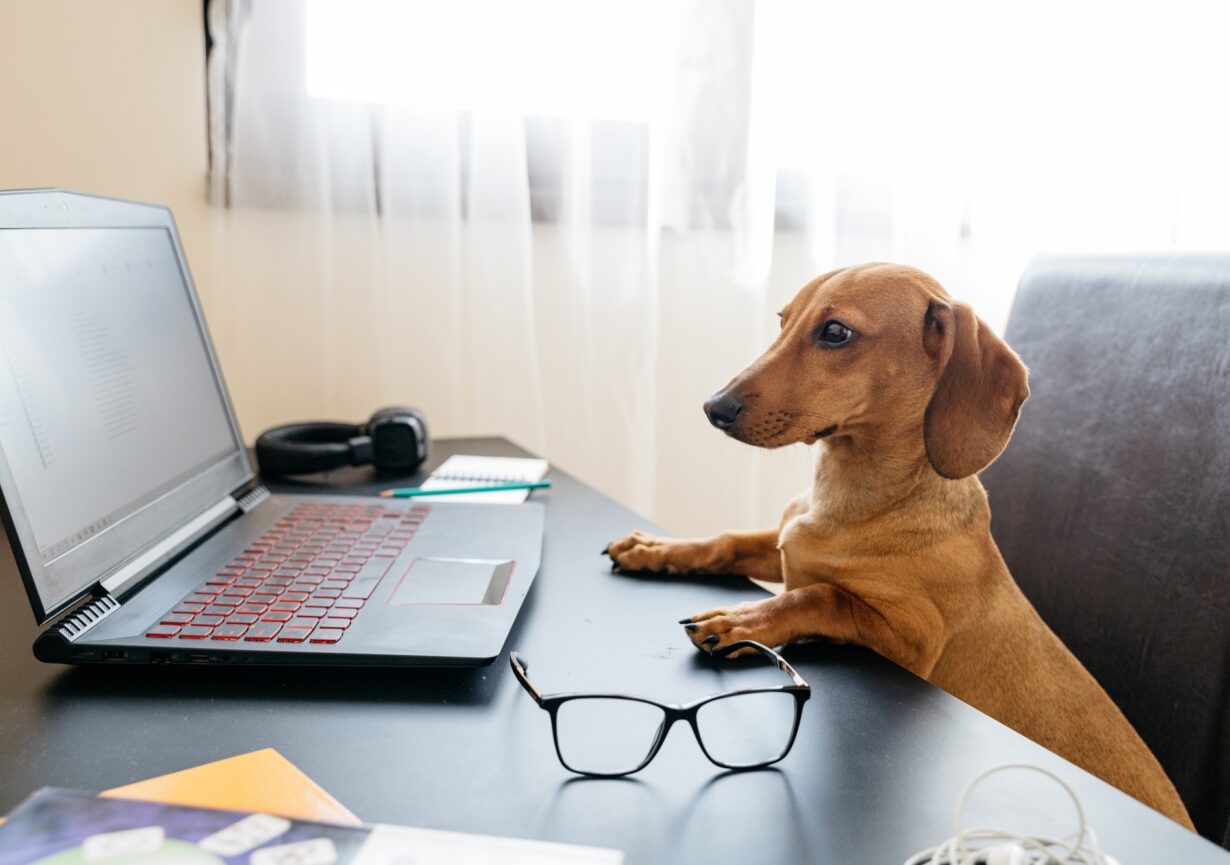Living in an apartment with a Dachshund can be a rewarding experience, but it does come with its own unique set of challenges. These little dogs, with their big personalities packed into long, low bodies, are full of energy and curiosity. Their needs for exercise, mental stimulation, and companionship are important to understand, especially when space is limited. This article dives deep into the common challenges of raising a Dachshund in an apartment and practical solutions to ensure both you and your furry friend thrive in a cozy home.
1. Understanding the Dachshund Personality and Needs
Small Size, Big Energy
At first glance, Dachshunds might seem like the perfect apartment dogs due to their small stature. However, don’t let their size fool you. These dogs are surprisingly energetic and curious. Their hunting roots make them highly intelligent and eager to explore, which means they need plenty of mental and physical outlets to prevent boredom.
Without sufficient stimulation, Dachshunds can become destructive or noisy, which is a big concern in apartment living where neighbors are close by.
The Social and Loyal Companion
Dachshunds are known for their strong bonds with their owners. They can become very attached and sometimes prone to separation anxiety if left alone for long periods. This loyalty is a double-edged sword: while it makes them wonderful companions, it also means they might bark excessively or become distressed if they feel lonely.
Apartment dwellers must be mindful of their Dachshund’s social needs to avoid stress-induced behaviors.
2. The Noise Factor: Barking and How to Manage It
Why Dachshunds Bark So Much
One of the biggest challenges in apartment living is managing a dog’s barking. Dachshunds have a reputation for being vocal watchdogs, often alerting their owners to anything unusual — which could be a blessing or a curse.
Their barking can stem from excitement, boredom, fear, or the desire for attention. In a compact apartment setting, constant barking can disturb neighbors and even jeopardize your lease.
Effective Noise Control Techniques
Training is key. Start by teaching your Dachshund the “quiet” command early on. Reward calm behavior consistently to reinforce the habit. It’s important to address the root cause of barking: ensure your dog gets enough exercise, mental stimulation, and companionship.
Providing interactive toys, puzzle feeders, and chew toys can keep your pup busy. If anxiety is a problem, consider calming tools such as anxiety wraps or pheromone diffusers designed for dogs.
Additionally, soundproofing your apartment can help. Adding rugs, curtains, and even white noise machines can minimize noise transmission and create a calmer environment.
3. Space Constraints: Maximizing Your Apartment for Your Dachshund
Making the Most of Limited Space
Apartments naturally offer less room for a dog to roam, which means you need to be creative. Set up a dedicated “dog zone” where your Dachshund can relax, sleep, and play comfortably.
This area should include a cozy bed, toys, and water. Keeping their essentials in one place helps your dog feel secure and gives them a defined territory inside your apartment.
Encouraging Safe Exploration
Dachshunds love to explore, but tight spaces can pose risks. Be sure to puppy-proof your apartment by blocking access to dangerous areas like electrical cords, toxic plants, or fragile decor.
Rotating toys regularly keeps your dog’s environment fresh and stimulating. Consider vertical storage for toys and supplies to save floor space.
If you have a balcony, make sure it’s secure and safe for your Dachshund to enjoy some fresh air under supervision.
4. Exercise Needs: How to Keep Your Dachshund Active in an Apartment
Daily Walks Are a Must
Despite living in an apartment, your Dachshund still needs regular exercise. Short walks multiple times a day are essential for burning energy and maintaining health. Dachshunds have strong legs but long backs, so avoid excessive jumping or stairs to protect their spine.
Use these walks not only for physical activity but also as opportunities for mental enrichment. Let your dog sniff around and explore new environments safely.
Indoor Exercise and Play
When weather or schedules prevent outdoor walks, indoor exercise becomes vital. Playing fetch, hide-and-seek, or tug-of-war can help expend energy.
Puzzle toys and treat-dispensing balls engage your Dachshund’s brain, tiring them out mentally as well. You might also consider doggy daycare or hiring a dog walker to break up the day and provide social interaction.
5. Managing Health and Comfort in an Apartment Environment
Preventing Back Problems
Dachshunds are prone to intervertebral disc disease due to their elongated spine. Small spaces might tempt your dog to jump on and off furniture, which is risky.
Use ramps or stairs to help your Dachshund get up and down beds or couches safely. Keeping their weight in check with proper diet and exercise is also crucial.
Temperature and Comfort Control
Apartments can sometimes get stuffy or cold depending on the season. Dachshunds have short coats and can be sensitive to temperature extremes.
Provide soft blankets, sweaters, or jackets for your pup during colder months. Ensure your apartment is well ventilated and avoid exposing your dog to drafts.
6. Socialization and Mental Stimulation for Apartment Dachshunds
Introducing Your Dog to Apartment Neighbors
Living close to neighbors means your Dachshund will encounter new people and other pets often. Early and positive socialization helps prevent fear or aggression.
Encourage calm greetings and controlled interactions. Reward polite behavior and teach your dog to be comfortable around new faces.
Mental Challenges Keep Boredom at Bay
Mental stimulation is as important as physical exercise. Dachshunds are clever and enjoy problem-solving activities.
Interactive feeders, obedience training, and even teaching tricks can keep their minds sharp and reduce destructive tendencies born from boredom.
7. Time Management and Lifestyle Adjustments for Apartment Owners
Balancing Work, Social Life, and Pet Care
Apartment living often coincides with busy urban lifestyles. Balancing time between work and caring for your Dachshund can be tricky.
Plan your day to include regular breaks for walks and play. If you’re away for long hours, consider dog sitters or daycare options.
Creating a Routine Your Dog Can Rely On
Dogs thrive on routine, especially in confined spaces. Feeding, walking, and playtimes should happen around the same time every day.
A predictable schedule reduces anxiety and helps your Dachshund know what to expect, making apartment living smoother for both of you.
Conclusion
Living in an apartment with a Dachshund can come with challenges, but it’s absolutely manageable with the right strategies. Understanding your dog’s unique needs, managing noise, maximizing space, and ensuring enough exercise and mental stimulation are key. With patience, consistency, and a little creativity, you can provide a happy, healthy, and enriching home for your little bold companion—proving that small spaces can still be filled with big love.


